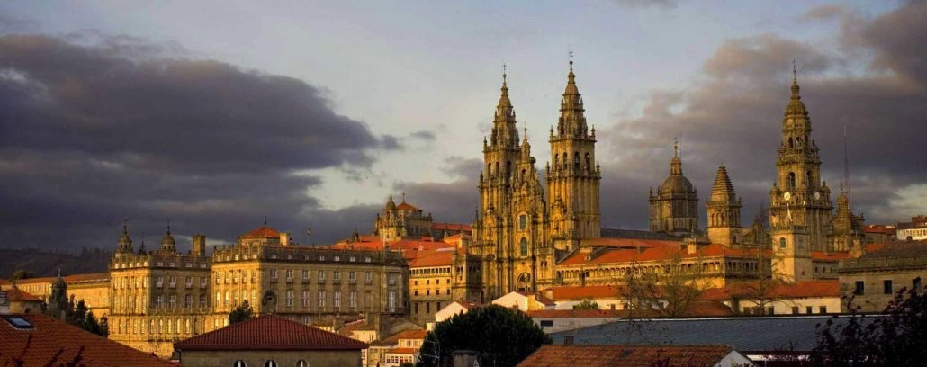Speaker
Description
Nuclear physics has been largely extended to the vicinity of the neutron drip line (the limit of stability) in recent decades where many new intriguing phenomena have been observed. Of particular interest are nuclei with a 2n-halo structure, which generally exhibit a Borromean character without any bound binary subsystems [1].
We have carried out a measurement [2] on the structure of the 2n-halo nucleus 17B by using quasi-free (p,pn) reaction at RIBF of RIKEN Nishina Center. After the (p,pn) reaction on the vertex-tracking liquid hydrogen target MINOS [2], the charged fragments were analyzed by the SAMURAI spectrometer [3] and the neutrons were detected by the NEBULA array. A recoil proton detector array RPD, a recoil neutron detector array WINDS, and a gamma-ray detector array DALI2 were also introduced at the target region. Our result (recently published in [4]) reveals a surprisingly small s-wave component (~9%) in 17B, which is the smallest among known nuclei exhibiting halo features. In this talk, the results of the experiment will be discussed.
[1] I. Tanihata, et al., Prog. Part. Nucl. Phys. 68 (2013) 215.
[2] A. Obertelli, et al., Eur. Phys. J. A 50 (2014) 8.
[3] T. Kobayashi, et al., Nucl. Instr. Methods B 317 (2013) 294.
[4] Z. H.Yang, et al., Phys. Rev. Lett. 126, 082501 (2021).
| Topic | Experiment |
|---|

